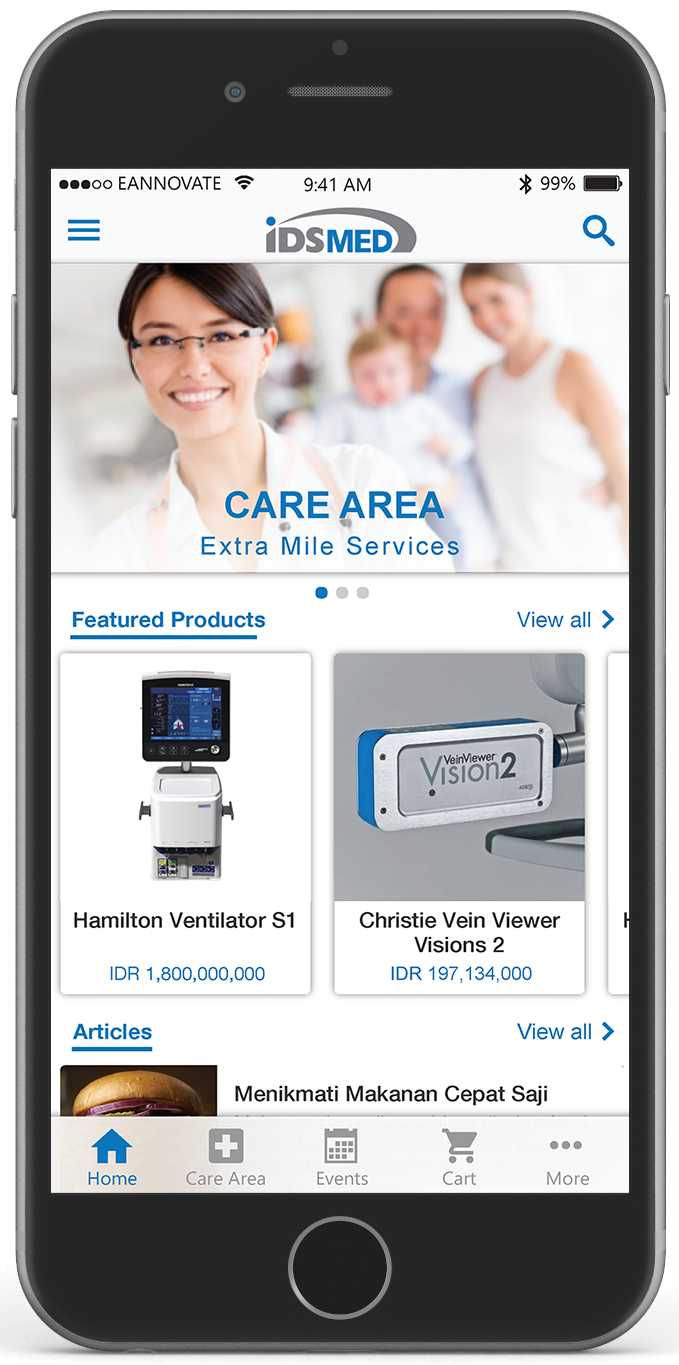Background
As more and more needleless devices are brought to market, some manufacturers/suppliers have made claims regarding hypothetical superior ‘cleanability’ of their device due to the design and construction
of the device’s membrane. Some customers tell us that they have been shown a test using ultraviolet light to demonstrate that their device glows less than Bionector after it is cleaned. Another manufacturer/
supplier will tell you that even if you don’t clean their device it will transmit fewer bacteria to the patient’s vascular access device than Bionector. As part of our ongoing programme of product
development, we tested the ‘cleanability’ of the Bionector membrane using the latest cleaning agent at the respected Health Protection Agencies (HPA) Porton Down Laboratory in Wiltshire UK in May
2009.
Objective
To demonstrate that the Bionector membrane can be effectively disinfected.
Test summary & results
Ten Bionectors were assessed to check whether they prevent microorganisms entering the patients bloodstream. Prior to the test a sterile 100mm extension line was connected to the male luer of the
Bionector. A sterile 5ml syringe filled with Phosphate-Buffered Saline (PBS) was luer-locked onto the female end of the Bionector, and 2ml of the saline solution was passed through the device. Each Bionector was
then deliberately contaminated on the external surfaces of the female luer using a microbial culture, staphylococcus epidermidis NCIMB 12721. The inoculated Bionectors were allowed to dry at room
temperature for 30 minutes.
The contaminated surface was swabbed for approximately 5 seconds using sterile 2% chlorhexidine in 70% alcohol wipes (Sanicloth). After the cleaning process, a sterile 5ml syringe was filled with sterile nutrient broth, and 2ml of broth was passed through the inoculated and swabbed Bionector into a culture tube containing culture broth. The culture tube was incubated at 37°C for 72 hours and observed daily for
any growth. The culture tubes showed no growth of staphylococcus epidermidis. Therefore, under these test conditions there was no evidence of penetration of microorganisms into the sterile line when the Bionector was swabbed with a sterile disinfectant.
Conclusion
If Bionector is cleaned using an appropriate disinfectant, no bacteria is transmitted to the patient’s vascular access device. We would urge you to ask any manufacturer who makes a claim that their needleless
device is more ‘cleanable’ than Bionector to show you a comparative microbiological report that proves it.
For detail information, click here















